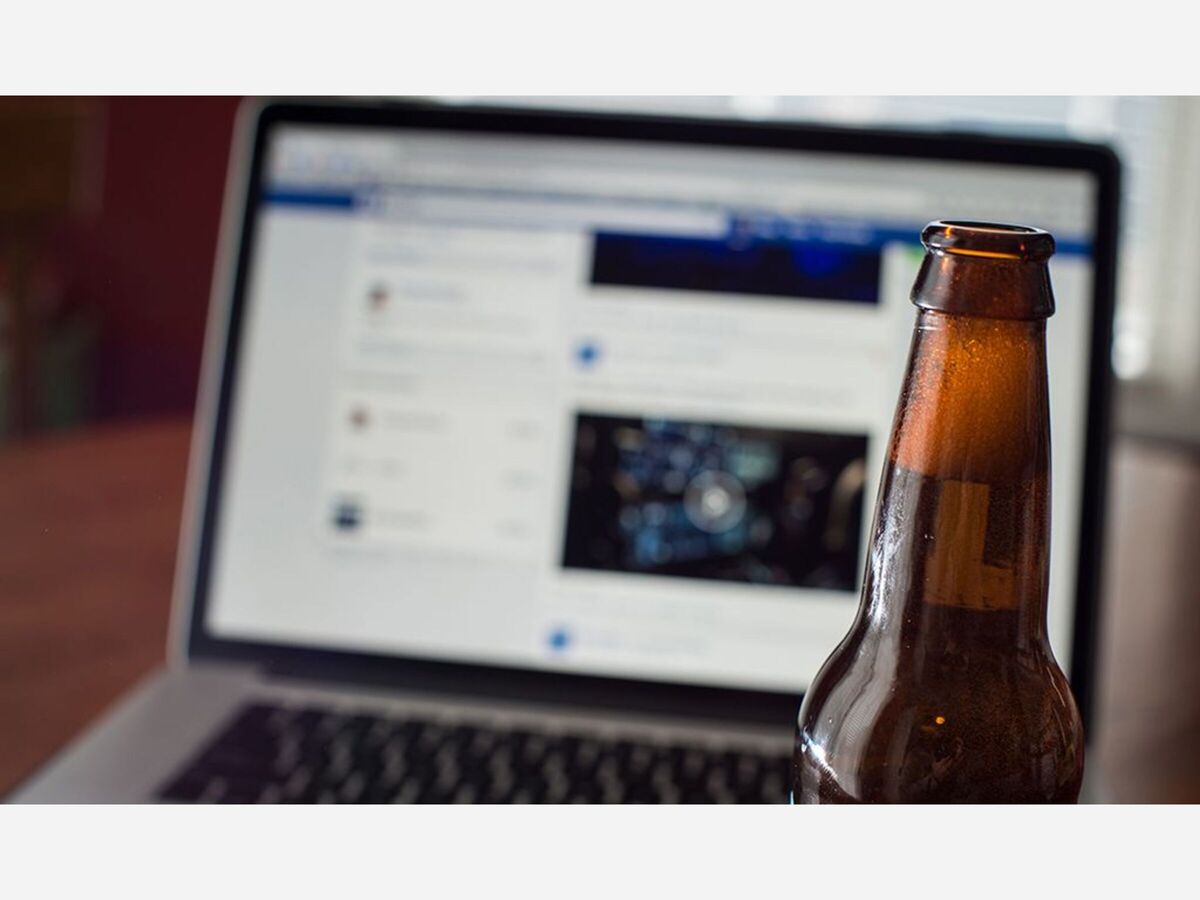Image

by Research Society on Alcoholism
photo by Michigan State Today
The language used in Facebook posts can identify people at risk of hazardous drinking and alcohol use disorders (AUDs), according to a new study. Social media platforms are a “low-cost treasure trove” of data, researchers claim, expanding the options for studying, screening, and helping people at risk. Social media content in recent years has been used to explore various public health phenomena. For example, language and “likes” have predicted depression, hospital visits, low birthweight, obesity, and life expectancy. Social media language has also been linked to patterns of alcohol consumption and related problems. For the study in Alcoholism: Clinical & Experimental Research, investigators explored how convincingly the language of Facebook could be used to identify risky drinking. They compared the accuracy of multiple predictive tools, including a new technique for processing language that has rarely been applied to health research.
Investigators used data from over 3,600 adults recruited online — average age 43, mostly White — who consented to sharing their Facebook data. The participants filled out surveys on demographics, their drinking behaviors, and their own perceived stress (a risk factor for problematic alcohol use). Researchers then used a diagnostic scale to organize participants — based on their self-reported alcohol use — into high-risk drinkers (27%) and low-risk drinkers (73%). They analyzed participants’ Facebook timeline content using “contextual embeddings,” a new artificial intelligence application that interprets language in context. More traditional assessments based on word counts, topics, and categories were also used for comparison.
The contextual embedding model had a 75% chance of correctly identifying high- and low-risk drinkers from their Facebook posts. It outperformed the other three traditional linguistic models, separately and combined. It also outperformed vulnerability predictions based on age, gender, and stress. The predictions of drinking risk increased in accuracy when drawing from larger samples of content. Overall, the Facebook language and topics associated with high-risk drinking included more frequent references to going out and/or drinking (e.g., “party,” “beer”), more swearing, more informality (“tryin’,” “runnin’”) and slang (“lmao”), and more references to negative emotions (“miss,” “hate,” “lost,” and “hell”). These may reflect factors associated with high-risk drinking, including neighborhood access to bars, and personality traits such as impulsivity and sensation-seeking. Low-risk drinking status was associated with religious language (“prayer,” “Jesus”), references to relationships (“family,” “those who”), and future-oriented verbs (“will,” “hope”). These may reflect meaningful support networks that encourage drinking moderation and the presence of future goals, both of which are protective against dangerous drinking.
The researchers point to social media as an underused public health resource. Social media content is an efficient, inexpensive, and possibly less biased alternative to other methods, such as collecting self-reported surveys and interviewing. Analyses of Facebook and other social platforms may also facilitate retrospective studies and allow for the estimation of risk shifts over time. The investigators recommend leveraging social media platforms to identify individuals and populations who might benefit from further assessment and interventions. Platforms could also in time be enabled to deliver tailored, targeted public health messaging — in this case, resources for helping to prevent or manage risky drinking. The study findings may not be generalizable to more diverse populations.